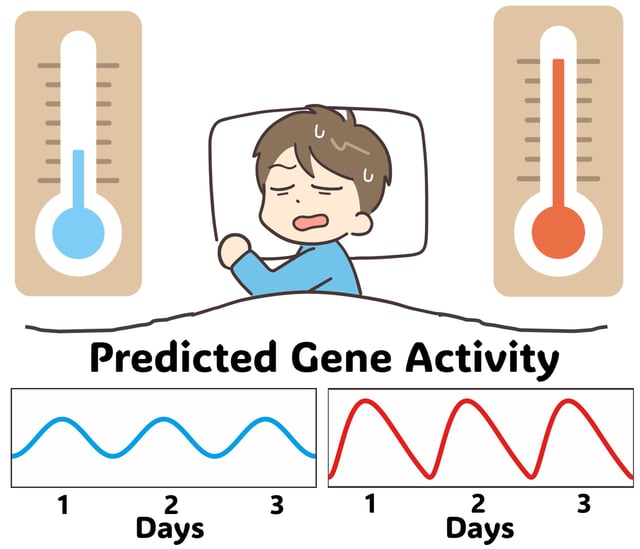Overview
- Researchers used the renormalization group method from theoretical physics to isolate the slow-changing dynamics of mRNA rhythms.
- Modeling predicted that higher temperatures speed up mRNA rise and slow its decline while keeping the cycle at 24 hours.
- Experimental analysis of fruit-fly and mouse data confirmed the predicted skewed gene-activity waveforms at elevated temperatures.
- Greater waveform distortion was shown to bolster clock stability and reduce sensitivity to environmental light-dark cues.
- The team plans to map the molecular mechanisms behind distortion and explore its differences across species and individuals.
